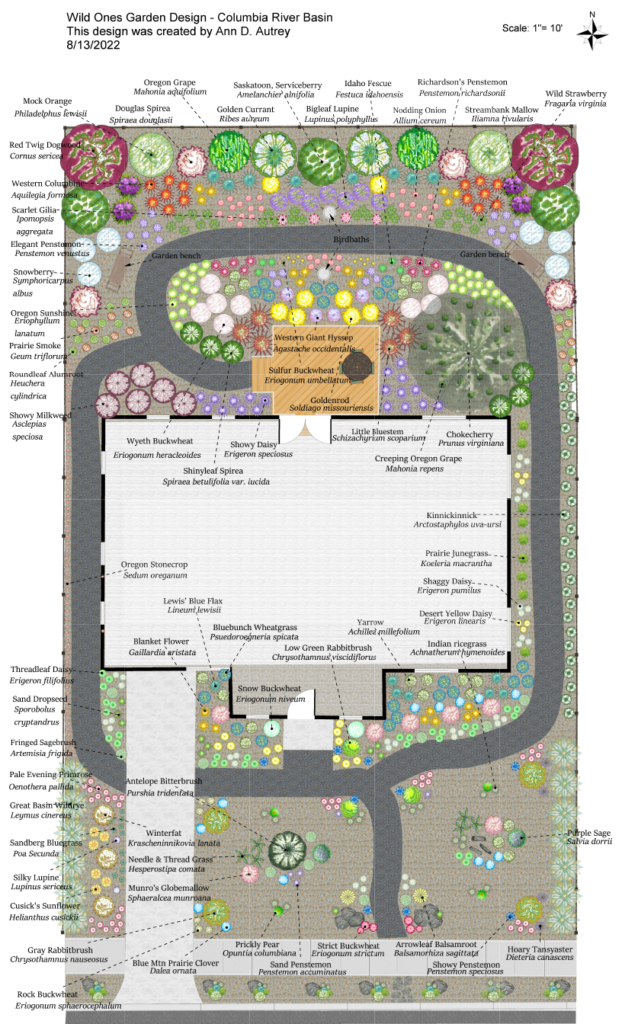
Printing note: This design was created to be 8.5″ x 14″ and the design pdf will print best on legal size paper.
Wild Ones Meet the Designer Webinar
Columbia River Basin Discussion with Designer Ann Autrey
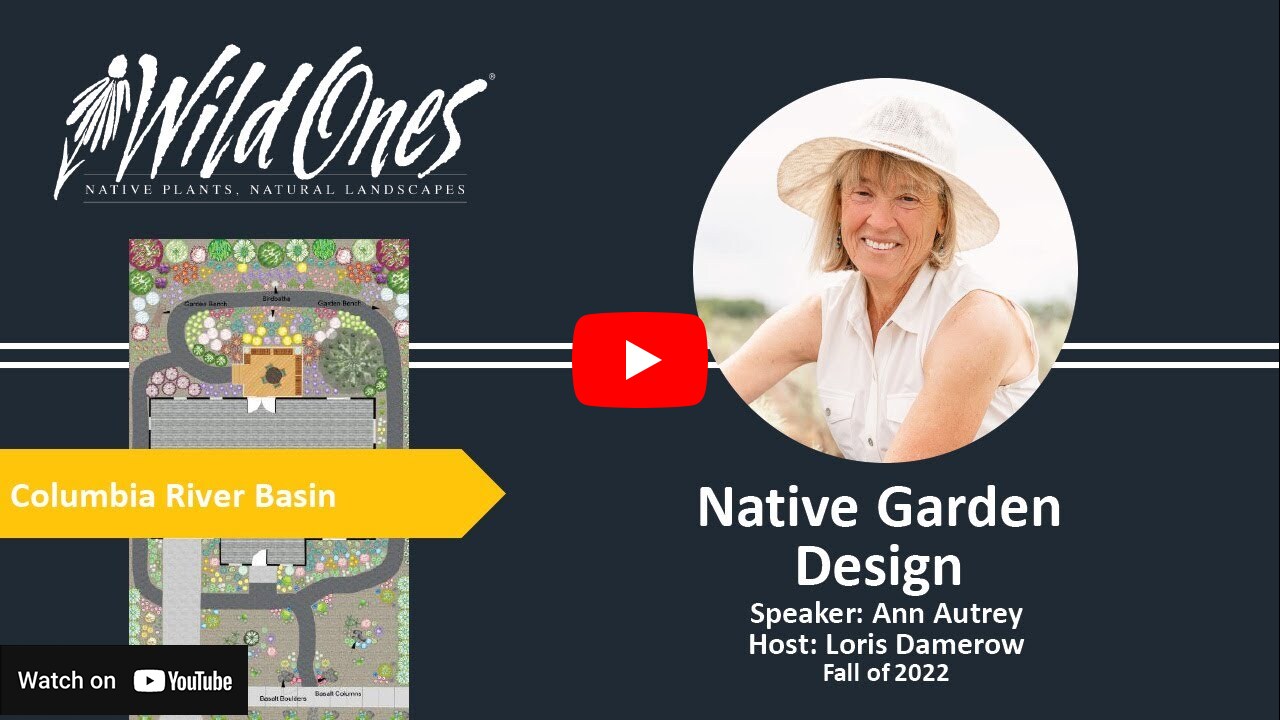
Designer Statement
Methodology
When I first start a design for a client, even before visiting the garden site, I print a Google Earth image of the site and staple it to an information sheet that I will use to collect important information from the homeowner. My goal is to consider the needs of the homeowner. At the site visit, I walk the area with the homeowner listening carefully to what their vision is, and I help them see the path forward to creating the garden. We discuss site preparation, removal of weeds, mulch options, possible pathways, drip irrigation and of course, the plants. Next, I assess the garden site for soil composition, sunlight/shade, availability of water, proximity to roads, driveways, sidewalks, septic systems, and other physical structures. I take photos and measurements to download later for reference when I am designing the garden on the computer.
After the site visit, I create a plant list of the plants that will be best suited for both the site and meet the goals of the homeowner. Many of my clients are interested in attracting birds to their yard, and so I prepare a plant list of the wildflowers, grasses and shrubs that will create a bird friendly environment. Some clients are more interested in water conservation, so their plant list is made up of our hyper-local or xeric plants that thrive on less the ten inches of precipitation per year. After my clients are satisfied with the plant list, I start to work on their garden design. At this point I construct their garden including pathways for accessibility to the garden as well as taking into account normal traffic patterns like the path to the mailbox. When I start to design the plantings, I think about the environment where each plant naturally lives. I group plants in a sustainable manner so that each plant is grouped with plants that thrive in the same environment. My design method is to recreate what I see when in our shrub-steppe, riparian, or foothill regions of Eastern Washington.
For direction on this garden design project, I relied on the compass direction for my initial plan. The front yard is facing south, so intense sun exposure throughout the summer day culminating in the hottest temperatures late in the afternoon. Plants facing west/southwest need to be able to withstand temperatures of over 100 degrees, now occurring more than ever before. Ten to twenty years ago, we may have had 10-15 days in triple digits in one summer, now our region is baking with 35 days over 100 degrees° F (2021) and this year we set a record of 10 days of triple digits in a row! This is our new normal due to climate change and the effects of hotter temperatures also include drought conditions. Our region has been rated in the “Extreme” and “Severe” ranges by drought monitors for the last three years. Fortunately, the native plants in our shrub-steppe can survive the heat and drought for the most part. However, with the routine occurrences of wildfires due to the dry conditions there are species that won’t survive, like Big Sagebrush, which doesn’t grow back after a fire. It is one of the reasons I am so passionate about planting native plants in our home gardens, so we can help preserve species that may not live through the annual fire season and help the native wildlife species that are dependent upon our native flora.
The front yard is planned for sun and heat and minimal water. The backyard, facing north is representative of a riparian region where there is more shade, more dense groupings and more water. The backyard will need to be irrigated and drip irrigation is recommended for maximum efficiency in terms of water placement to the roots of each plant or group of plants. Plants located near the house will benefit from gutters and downspouts that can channel rainwater from the roof. The deck area is great spot to watch all the action of the gardens below – pollinators, hummingbirds, butterflies and other wildlife will make this backyard a place to live and raise their young.
In terms of garden construction, I advise the homeowner not to amend their soil with compost, topsoil, or fertilizer. Our native plants prefer sandy, slightly basic soil, mixed with river rock. We have almost no clay in our soil and some soils in the region have some silt layers. The addition of nitrogen usually kills the xeric plants, so no fertilizer is recommended after planting. The riparian plants need a slightly acidic soil which can be achieved through addition of leaf mulch and or shredded bark.
If a homeowner is wanting to plant in phases after the garden hardscape is installed, I recommend planting the shrubs, trees, and large bunchgrasses first. A survival strategy of our native plants is the extensive root system that moves straight down through the soil in search of water. Big Sagebrush, when mature, has a 30-foot root system! Bunch grasses roots grow 10 feet into the soil and wildflowers are typically at 5-6 feet. Long roots means that these plants are sold at a young age, so their root systems develop after planting. Normally it takes three years to reach maturity for most of our native plants.
Here’s the first phase, the mulch, basalt features, and pathways.

The second phase is the planting of shrubs and trees
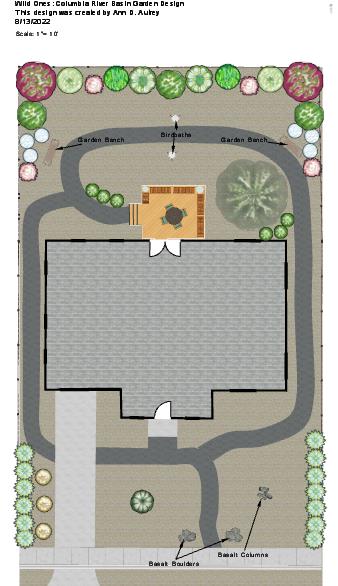
The third phase of the garden construction is the planting of the tall, larger wildflowers, shrubs, and grasses that are in front of the shrubs. Xeric plants in the front yard are also added.
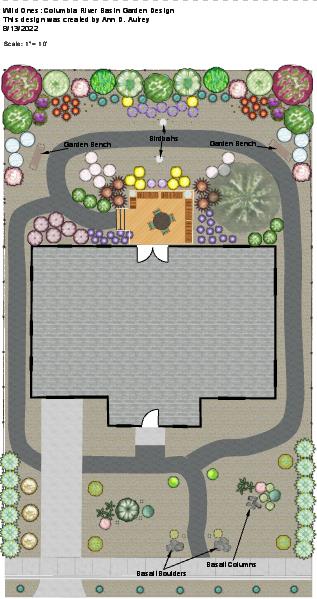
The fourth phase fills in more of the backyard and some of the plants by the front door.
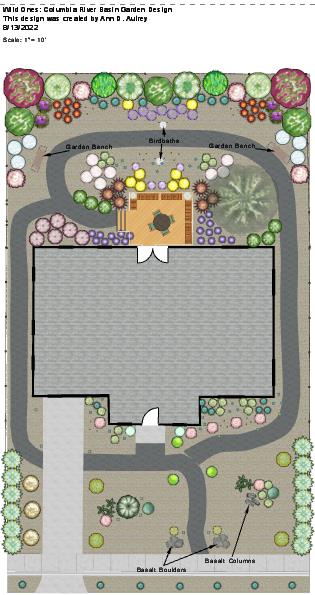
The final phase of the garden construction would be the last of the smaller wildflowers.
Front Yard
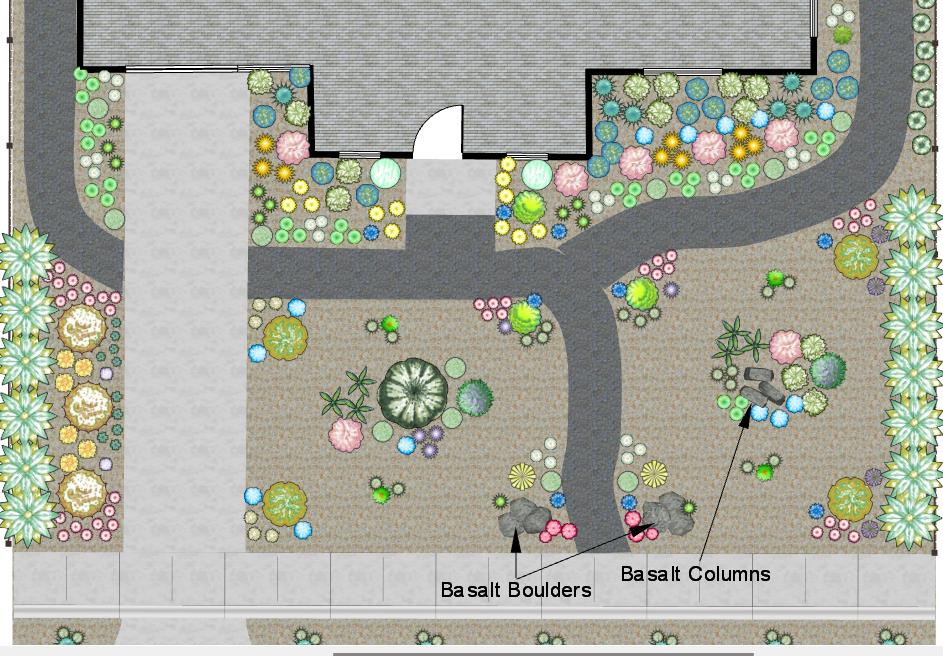
Backyard
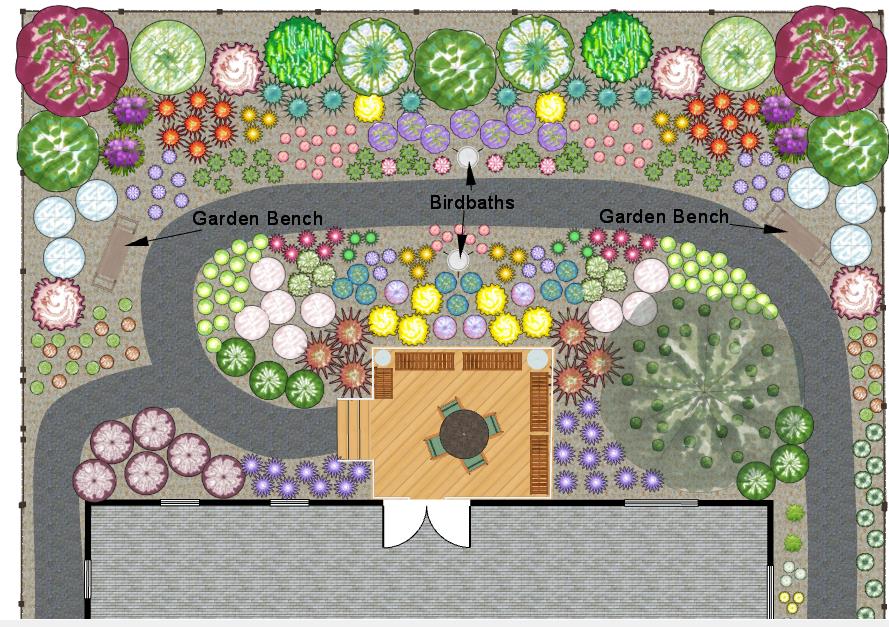
PLANT LIST
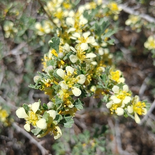
Antelope Bitterbrush(Purshia tridentata)
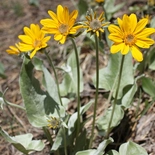
Arrowleaf Balsamroot(Balsamorhiza sagittata)
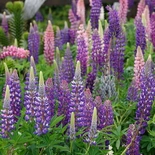
Bigleaf Lupine(Lupinus polyphyllus)
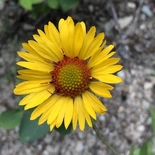
Blanket Flower(Gaillardia aristata)

Blue Flax(Linum lewisii)

Blue Mountain Clover(Dalea ornata)
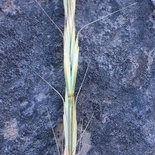
Bluebunch Wheatgrass(Pseudoroegneria spicata)

Chokecherry(Prunus virginiana)
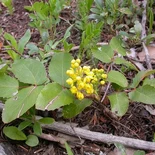
Creeping Oregon Grape(Mahonia repens)
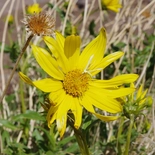
Cusick's Sunflower(Helianthus cusickii)
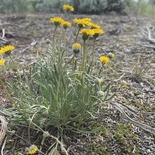
Desert Yellow Daisy(Erigeron linearis)
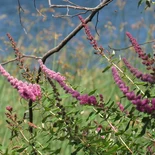
Douglas Spirea(Spirea douglasi)
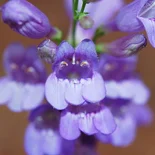
Elegant Penstemon(Penstemon venustus)

Fringed Sagebrush(Artemisia frigida)

Golden Clove Currant(Ribes aureum)
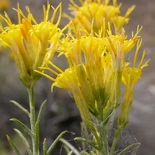
Gray Rabbitbrush(Chrysothamnus nauseosus)

Great Basin Wild Rye(Leymus cinereus)

Hoary Aster(Dieteria canescens)
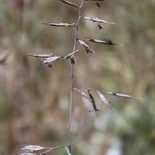
Idaho Fescue(Festuca idahoensis)
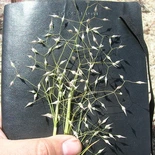
Indian Rice Grass(Achnatherum hymenoides)
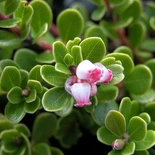
Kinnickinnick(Arctostaphylos uva-ursi)
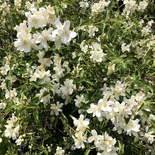
Lewis' Mock Orange(Philadelphus lewisii)
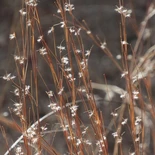
Little Bluestem Grass(Schizachyrium scoparium)
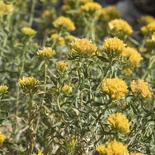
Low Green Rabbitbrush(Chrysothamnus viscidiflorus)
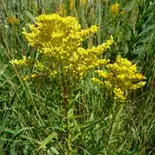
Missouri Goldenrod(Solidago missouriensis)
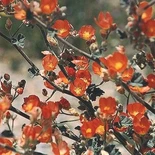
Munro's Globemallow(Sphaeralcea munroana)

Needle and Thread Grass(Hesperostipa comata)
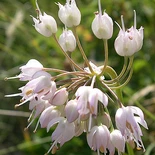
Nodding Onion(Allium cernuum)

Oregon Grape(Mahonia aquifolium)
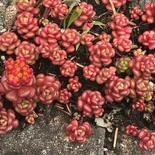
Oregon Stonecrop(Sedum oreganum)

Oregon Sunshine(Dieteria canescens)
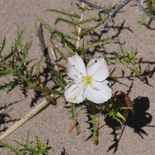
Pale Evening Primrose(Oenothera pallida)

Prairie Junegrass(Koeleria macrantha)
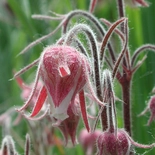
Prairie Smoke(Geum triflorum)

Prickly Pear(Opuntia ×columbiana)
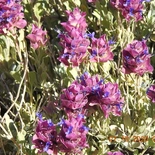
Purple Sage(Salvia dorrii)
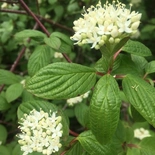
Red Osier Dogwood(Cornus sericea)

Richardson's Penstemon(Penstemon richardsonii)

Rock Buckwheat(Eriogonum sphaerocephalum)
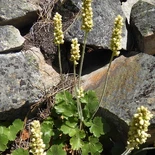
Roundleaf Alumroot(Heuchera cylindrica)
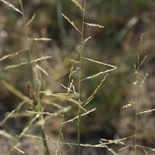
Sand Dropseed(Sporobolus cryptandrus)
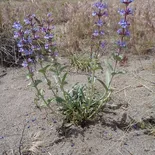
Sand Penstemon(Penstemon acuminatus)
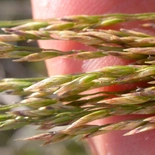
Sandberg Bluegrass(Poa secunda)

Saskatoon Serviceberry(Amelanchier alnifolia)
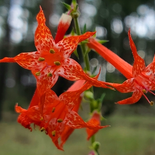
Scarlet Gilia(Ipomopsis aggregata)
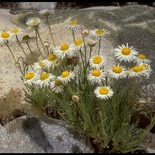
Shaggy Daisy(Erigeron pumilus)
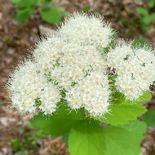
Shinyleaf Spirea(Spiraea lucida)
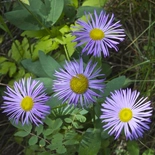
Showy Daisy(Erigeron speciosus)

Showy Milkweed(Asclepias speciosa)

Showy Penstemon(Penstemon speciosus)
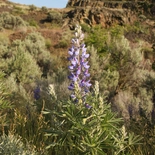
Silky Lupine(Lupinus sericeus)
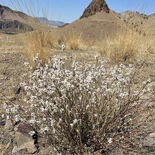
Snow Buckwheat(Eriogonum niveum)

Snowberry(Symphoricarpos albus)

Streambank Mallow(Iliamna rivularis)

Strict Buckwheat(Eriogonum strictum)

Sulfur Buckwheat(Eriogonum umbellatum)

Threadleaf Daisy(Erigeron filifolius)
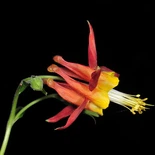
Western Columbine(Aquilegia formosa)
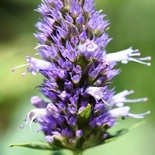
Western Giant Hyssop(Agastache occidentalis)
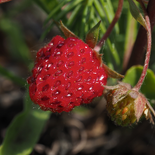
Wild Strawberry(Fragaria virginiana)
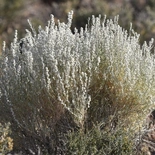
Winter Fat(Krascheninnikovia lanata)
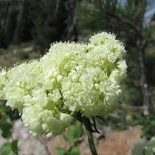
Wyeth Buckwheat(Eriogonum heracleoides)
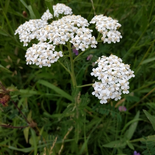
Yarrow(Achillea millefolium)
ABOUT THE DESIGNER
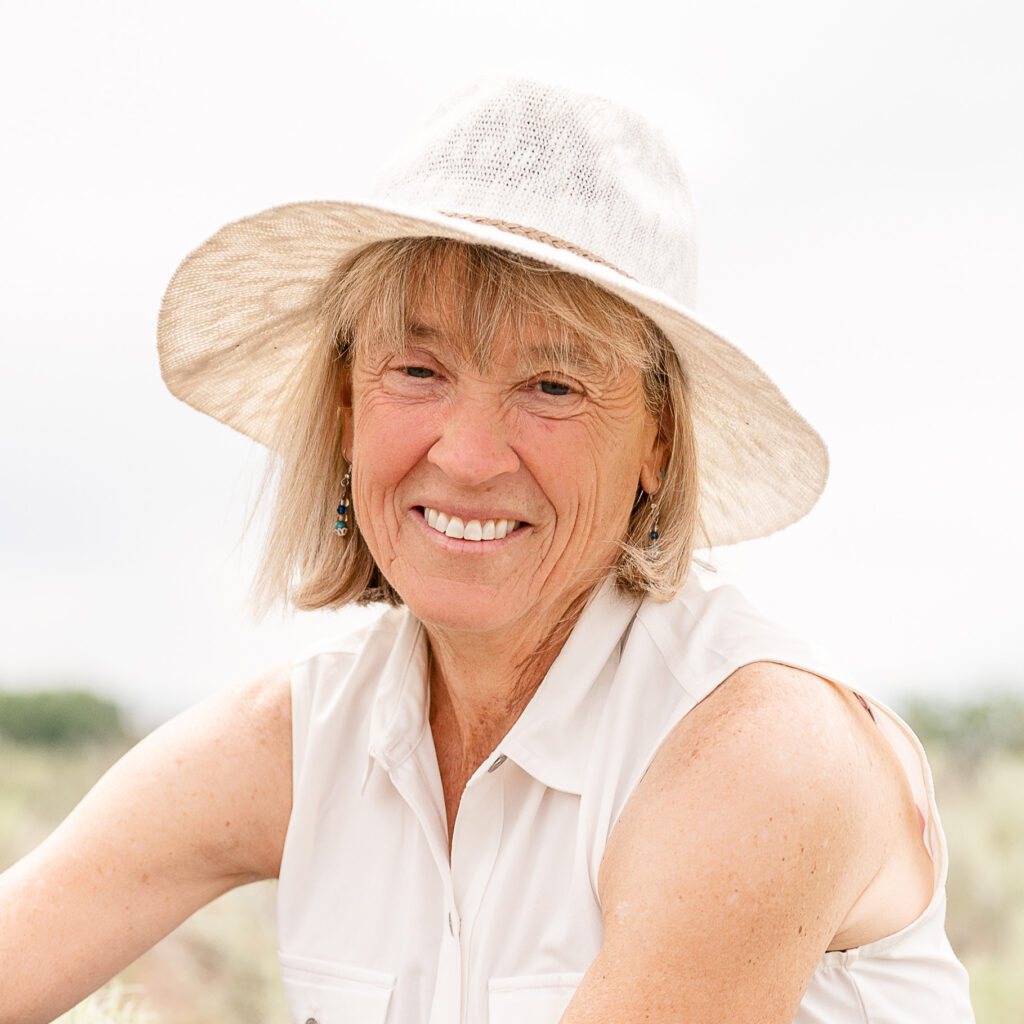
Ann Autrey owns and operates a native plant nursery, Tapteal Native Plants, in West Richland, WA. She lives on a small farm with her husband and together they care for 2 horses, 3 goats, 3 sheep, 12 chickens, 3 dogs, and 50,000 honeybees. Horseback riding in the shrub-steppe is one joy that combines her love of horses and native plants!
Growing the Native Plant Movement Together
July 22nd at 5:00 PM (CDT)
The closing event of this year’s Less Lawn More Life Challenge, will be led by Lisa Olsen, Chapter Liaison at Wild Ones. In this webinar, you’ll learn how small, personal actions like planting native species and removing invasives, can ripple outward to inspire neighbors, change policies, and reshape communities.
About Wild Ones
Wild Ones (a 501(c)(3) nonprofit organization) is a knowledgeable, hands-on, and supportive community focused on native plants and the ecosystem that depends on them. We provide resources and online learning opportunities with respected experts like Wild Ones Honorary Directors Doug Tallamy, Neil Diboll, and Larry Weaner, publishing an award-winning journal, and awarding Lorrie Otto Seeds for Education Program grants to engage youth in caring for native gardens.
Wild Ones depends on membership dues, donations and gifts from individuals like you to carry out our mission of connecting people and native plants for a healthy planet.
Looking for more native gardening inspiration? Take a peek at what our members are growing!
